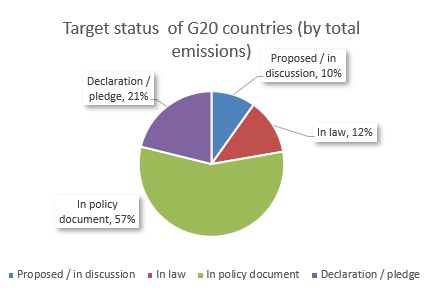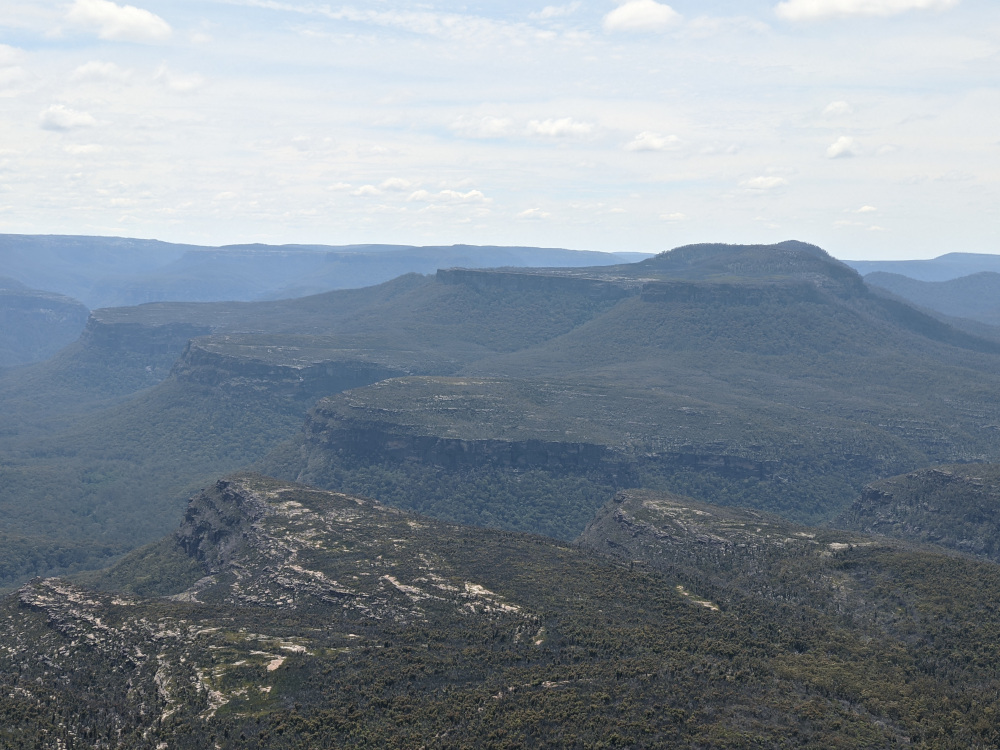As COP 26 finishes up, where have we got to? The world’s promises, if they are kept, have improved the likely outcome by nearly 1 degree Celsius. So far, though, most countries have made promises, rather than committing to legislation or policy.
There are lots of different places to look, but I’ve picked two useful links. First, what happened in Glasgow compared with what was already happening? This analysis shows that broadly, current policies get us to a mean of 2.6 Celsius degrees of warming (range of 1.9 to 3.7 degrees). If you add the commitments that people brought to Glasgow for 2030, warming will “only” be around 2.4 degrees Celsius (range up to 3.4 degrees) and if you add in the net zero commitments, the mean estimate goes down to 1.8 degrees, with the range from 1.5 to 2.4 degrees.
That estimate isn’t great, but it is definitely better than 2.6 degrees.
The commitments that participants (Countries, states, cities and countries) brought to Glasgow have a range of likelihood and/or certainty around them. This site is keeping track. It’s got lots of great charts on it (and data you can download to look at in more detail) but this one really struck me. It shows that while most of the G20 countries have net zero targets, very few have made them into law. Just over half of the G20 emissions are covered by a policy document. But around a third have just a declaration, or are in discussion.
And where is Australia in this chart? Australia is in the declaration/pledge category. As has been well documented elsewhere, Australia’s modelling of their “plan” only makes it 85% of the way there, even with offsets. I hope that the rest of the G20 isn’t quite as bad as that, but that’s why the best part of Cop26 for me was the accountability of all countries agreeing to come back to the conference next year with a plan for interim steps. Accountability and worldwide shaming of action is the only way the world will get there. This article (which is not that positive about the outcome) provides the best description I’ve found:
The final text of the Glasgow Pact notes that the current national climate plans, nationally determined contributions (NDCs) in the jargon, are far from what is needed for 1.5°C. It also requests that countries come back next year with new updated plans.
Under the Paris Agreement, new climate plans are needed every five years, which is why Glasgow, five years after Paris (with a delay due to COVID), was such an important meeting. New climate plans next year, instead of waiting another five years, can keep 1.5°C on life support for another 12 months, and gives campaigners another year to shift government climate policy. It also opens the door to requesting further NDC updates from 2022 onwards to help ratchet up ambition this decade.
Bit of beauty
This picture is the summit of Didthul (Pigeon House mountain) in New South Wales, showing some of Australia’s contribution to net zero – continuing not to clear this spectacular bushland. As climate change continues, though, it is at high risk of burning again at regular intervals. Nearly two years after Australia’s black summer, this area still has clear scars from bushfires, and patches of dead trees that were completely destroyed when the fire was too hot even for the fire adapted Australian bush.




Thank you for posting this, Jennifer.
Cannot comment on climate change as do not have the skills to use the data. However I can say that I do not remember such warm weather so late in November. in Israel. Today, 21/11 is the first rainy day, and in Tel Aviv is only 18 degrees.
Lots of Love